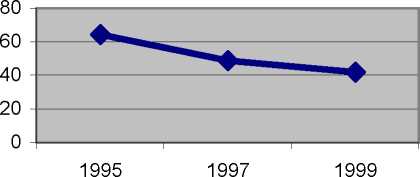Figure 1. Attendance at Russian Village Festivals,
1995-1999 Source: D. O'Brien & V. Patsiorkovski1Russian Village
Panel Study

LevelLevel of Attendance
Year
Figure 1 shows the results of resident participation in village festivals over a four-year
period. The survey data from which the figure is constructed is based on three panel surveys of
the same household members over time.44 Given the level of energy that households were
putting into utilization of household labor and building personal helping networks to assist with
plot production, it is perhaps not surprising that attendance at village festivals dropped from over
60 percent in 1995 to 40 percent in 1999.
The costs of this reduction in involvement in broader village-level activities, which is an
indicator of lost social capital, is shown in Figure 2. This figure shows residents' satisfaction
with their income versus the village (on a scale from 1 to 7) in the period from 1995 to 1999. At
the beginning of the panel study satisfaction with the village was substantially higher than
satisfaction with household income. During the four-year period, households were able to use
their social capital, in the form of personal helping networks, to increase their income, but, at the
same time, as they also decreased their involvement in village social activities, their satisfaction
with the village declined markedly.
20
More intriguing information
1. The name is absent2. Wirtschaftslage und Reformprozesse in Estland, Lettland, und Litauen: Bericht 2001
3. Commitment devices, opportunity windows, and institution building in Central Asia
4. Income Mobility of Owners of Small Businesses when Boundaries between Occupations are Vague
5. Innovation and business performance - a provisional multi-regional analysis
6. Implementation of a 3GPP LTE Turbo Decoder Accelerator on GPU
7. APPLICATIONS OF DUALITY THEORY TO AGRICULTURE
8. Permanent and Transitory Policy Shocks in an Empirical Macro Model with Asymmetric Information
9. The name is absent
10. BUSINESS SUCCESS: WHAT FACTORS REALLY MATTER?